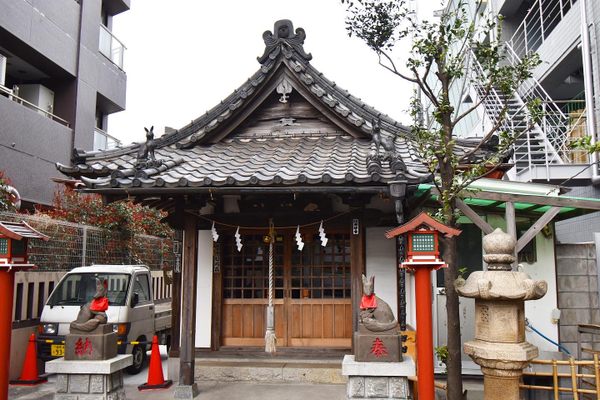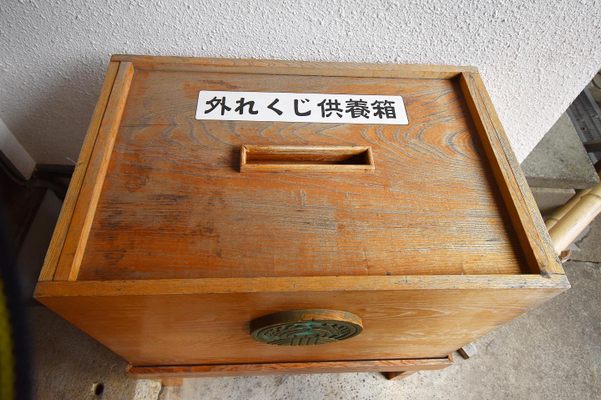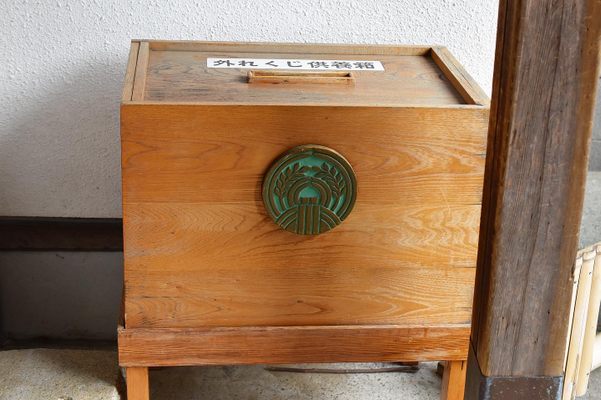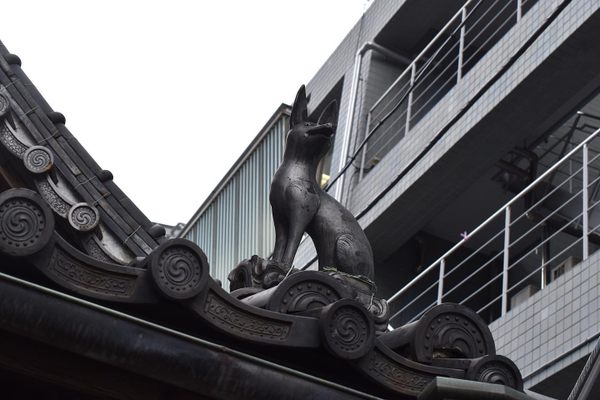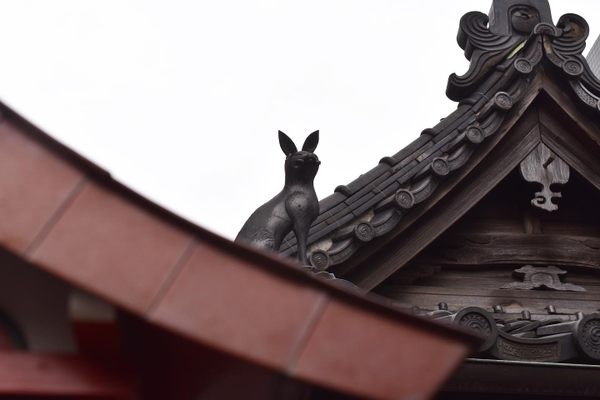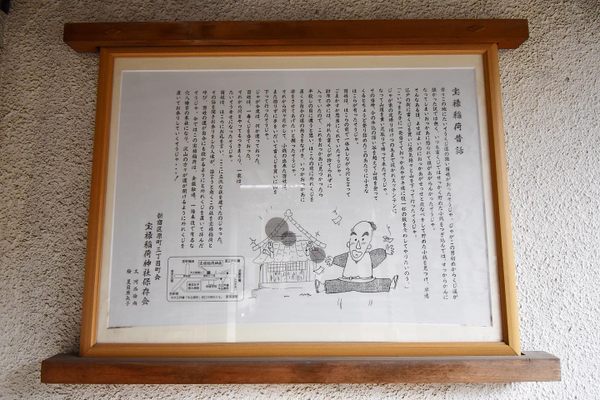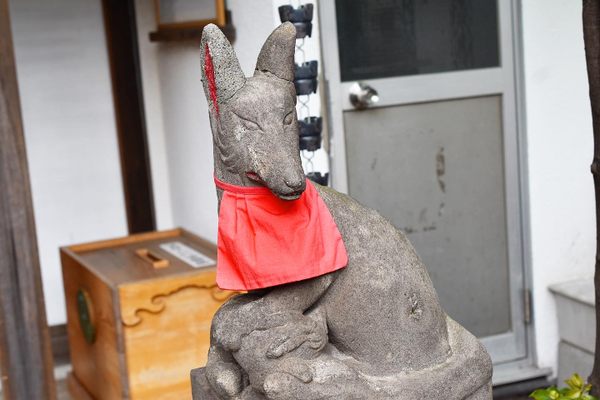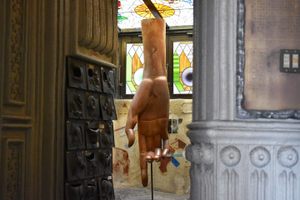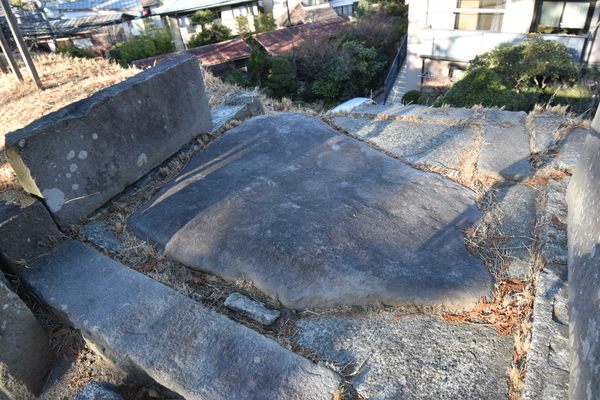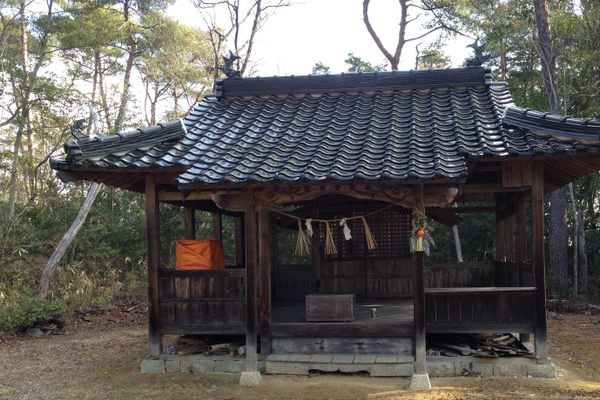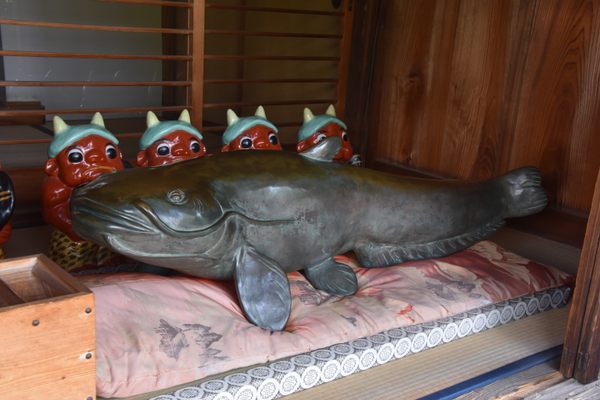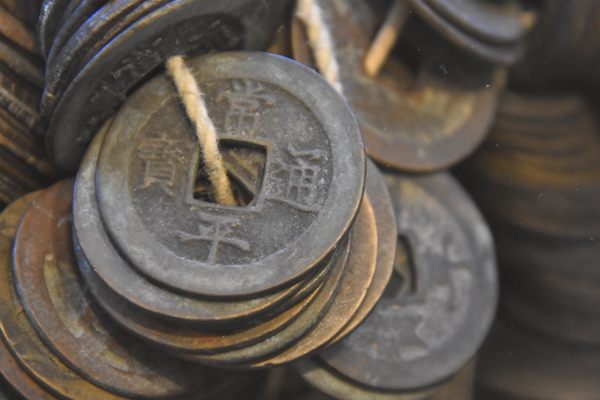About
The history of lotteries in Japan can be traced back to Osaka around the 12th century when a temple started hosting such games in an attempt to raise funds for its upkeep. While the prize was not money but a lucky charm, the practice gained popularity across the country by the end of the 17th century.
The national lottery was established at the end of World War II, and some people have since won tens of millions of yen, while many lost, rendering their tickets nothing but worthless pieces of paper.
Located in the Haramachi district of Shinjuku City, the small roadside shrine of Hōroku Inari is known for honoring those worthless duds in the style of a Buddhist memorial for the deceased. After being collected in a box for a year, the duds are dedicated to the fox god Inari on May 22 in prayer for better luck.
This tradition originates from the story of the shrine's foundation. In the early days of temple lotteries, a poor peasant who lived in the area brought a ticket hoping to luck out to provide for his family, but ended up losing. Reluctant to go home without a prize, he wandered around in the mountains and came across a dilapidated Inari shrine. He left his dud ticket as a tribute to the fox god and prayed, out of fear of his wife finding out.
Some months later, the peasant went to the town to buy another lottery ticket. This time he hit the jackpot and went on to win every lottery from then on. Now with his family prospering, the peasant rebuilt the shrine as a thank you to the fox god and it came to be known as Hōroku Inari Shrine, hō meaning "treasure" and roku "reward."
Today, visitors to the shrine may notice a pair of small fox statues standing on the roof, with long sharp ears like those of rabbits. These chimeras were created in the late town chairman's attempt to restore them when they were damaged by a typhoon, and are now known affectionately as bunny-foxes.
Related Tags
Know Before You Go
About a five-minute walk from Ushigome-Yanagichō station. You could also walk from Higashi-Shinjuku or Ōkubo station if you wouldn't mind a 20-minute walk.
Hidden Japan: Sado Island, Nara & Kyoto
Explore a different side of Japan.
Book NowCommunity Contributors
Added By
Published
April 7, 2022
